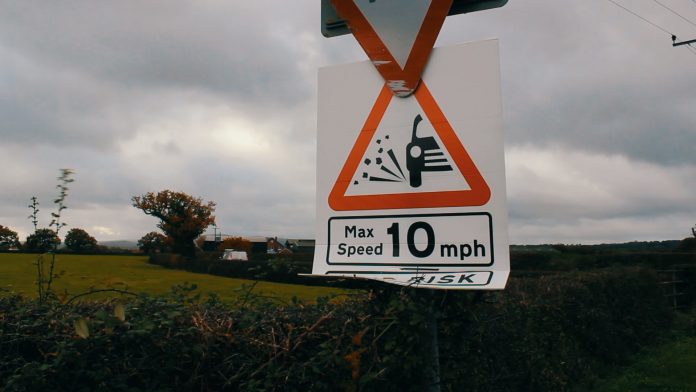In the United Kingdom, motorcyclists account for roughly 1% of all road users yet account for approximately 20% of all deaths in recent years. This means that you’re 57 times more likely to be injured than if you were riding in a car.
The number one cause of motorcycle injuries is a vehicle’s driver not looking properly. Second comes incorrect movement, which caused 19% of all bike accidents. Think Bike campaigns are great at resolving issue No. 1, which is that drivers on roads around junctions don’t take the necessary precautions to save lives.
It’s not all doom and gloom. Fortunately, the risk of dying or suffering serious injuries while riding a motorcycle in the United Kingdom is fortunately continuously declining. Fatalities and serious injuries have decreased from over 21,000 to 5,000 since 1979.
The reduction in accidents is attributed to improved training and increased awareness among drivers. Awareness campaigns are frequently found in everyday media now, with the majority of road users recognizing the phrase “Think Bike” when driving on the roads today.
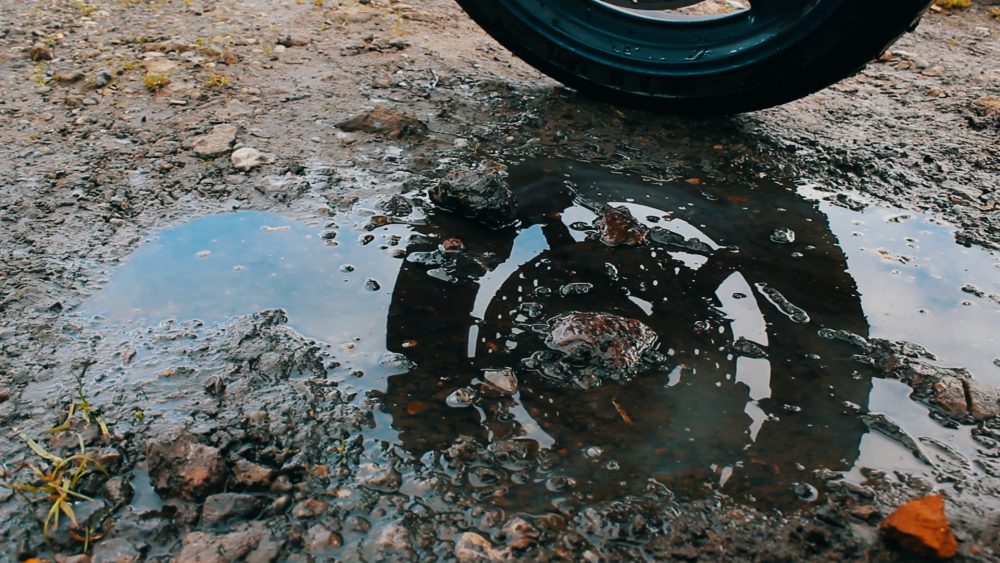
What can I do to avoid an accident?
Avoid Distractions
While riding, there are more often than not distractions that divert your attention away from the road. for example, attempting to hold a conversation with a pillion passengers, using a sat nav, or even listening to music.
It’s easy to lose your attention while riding, and even a glance away from the road might result in an accident. It is up to you as the motorcyclist to maintain your focus on the road. Even if you’re not the one riding, be aware of these distractions and remind the driver to stay alert.
It’s critical to be vigilant while riding, as well as potential threats. Reacting promptly is crucial for ensuring your and other road users’ safety. Being proactive and scanning the road ahead allows you to frequently anticipate difficulties before they become dangerous.
To assist you, make sure to program your sat nav before you start your trip if you’re travelling with someone, or remind them to sit quietly. Do not play music at a high volume.
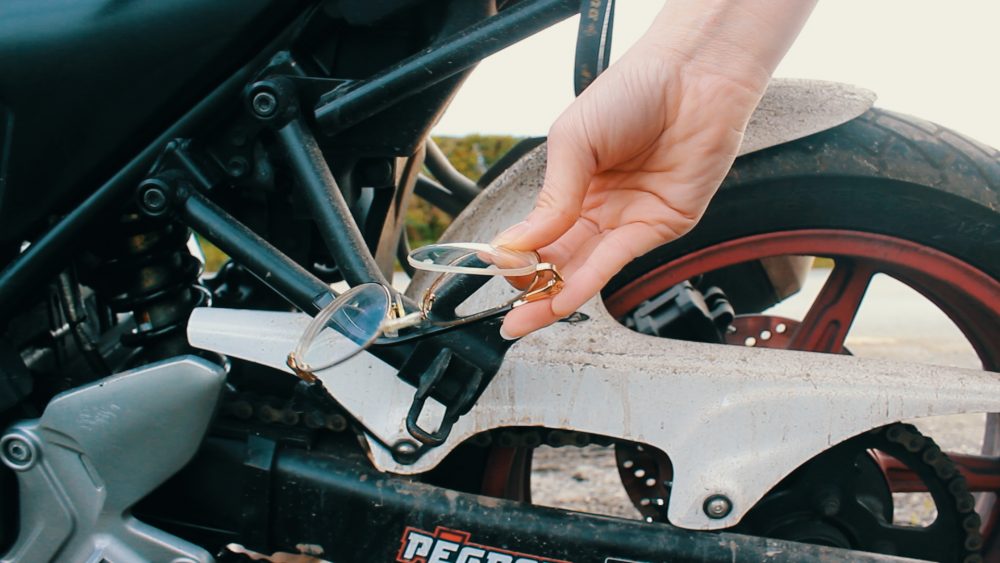
Get a clear view of the road
When you’re driving, keep scanning the road ahead and all around you to detect any potential dangers in time: the sooner you discover a hazard, the easier it is to react and prevent an accident.
There may be obstructions in the road that prevent you from seeing much. For example, cars might be parked along the way, or trees could overhang. If you can’t see ahead, slow down so you can deal with any dangers that appear from behind the obstruction.
Wearing a helmet and visor will limit your peripheral vision, which is the area of vision you can see at the edge of your vision. As a result, you’ll need to shift your head frequently to examine everything around you.
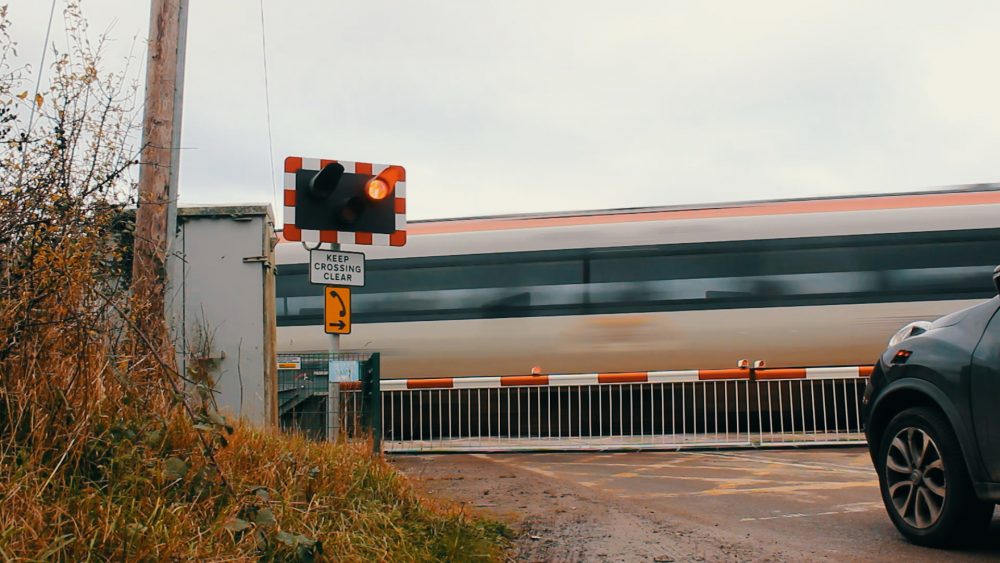
Read the road ahead
Looking ahead to where you’ll be riding can help you predict issues. Be prepared for vehicles to come to a halt or get out; there may also be pedestrians who simply walk out into the road.
Some risks are constant, no matter where you go; others vary from one environment to the next – on rural roads, for example, you might encounter slow-moving tractors or mud on the road; in cities, there are many different vehicles users around.
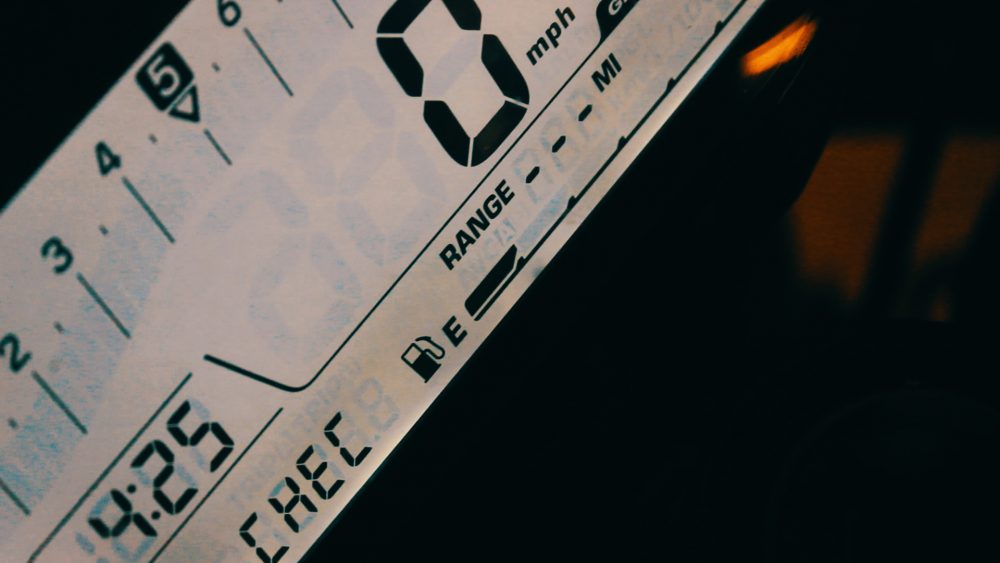
Take a safety course after you pass
A motorcycle safety course will teach you the regulations of the road for motorcyclists. You’ll also learn what to do in emergency riding situations that may arise. Driving a motorcycle requires knowledge and judgment, and a safety course can help you practice these skills.

Before you go, check the weather.
Rain, ice, and snow can endanger your journey. Bikers are more vulnerable to danger in bad weather since they have less traction than a car and visibility is reduced. If inclement weather is anticipated, swap days.
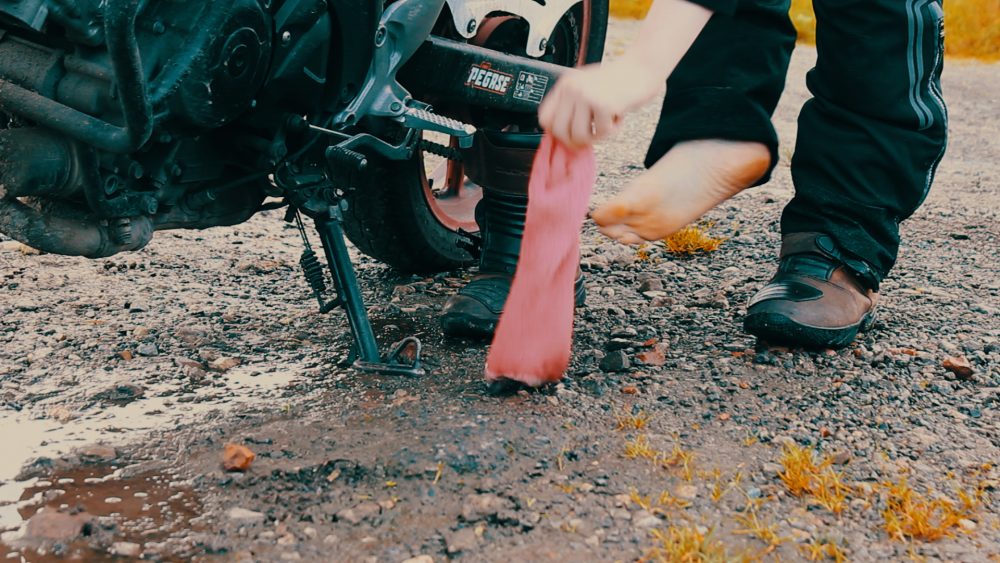
Wear the right motorcycle gear.
A motorcycle jacket, leather pants or chaps, non-slip gloves, and over the ankle boots are all necessary gear for riding in bad weather. A DOT-approved helmet, goggles, leather jacket, leather pants or chaps, Over Ankle Boots, and non-slip gloves are all essential equipment. To adapt to any changing conditions during the day, dress in layers.
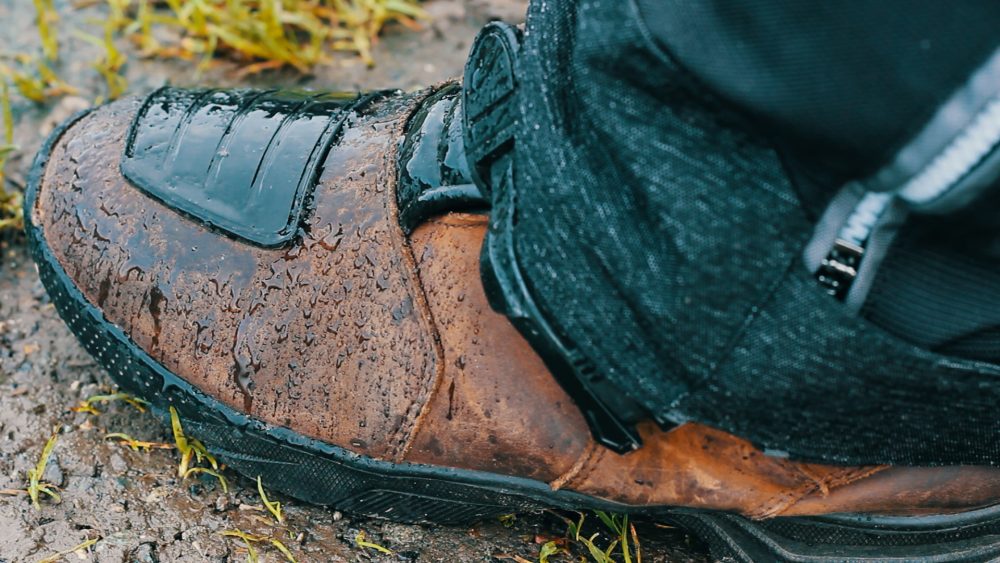
Before each ride, inspect your bike.
Before you go out on your bike, double-check it to make sure it’s safe. Check your headlights, taillights, turn signals, brakes, fuel, oil, tire pressure, mirrors, handlebars, and horn.

Obey traffic rules, use your signals and drive the speed limit.
Although this may seem basic, obeying traffic laws, signalling properly, and driving the posted speed limit will help you avoid collisions. The legislation is in place for a reason, and it’s to keep us all safe.
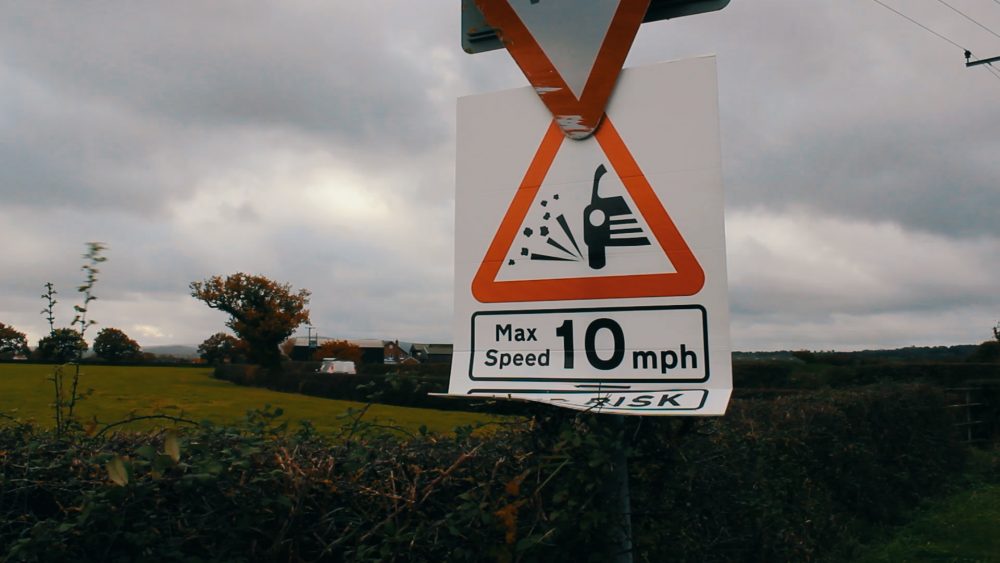
Pay attention and look out for danger zones on the roadway.
When you’re driving defensively, you can anticipate traffic difficulties and road hazards. You may lose traction due to sand, oil, or gravel. Bumps and potholes are equally deadly; both should be avoided. At the required angle, cross railway tracks carefully.
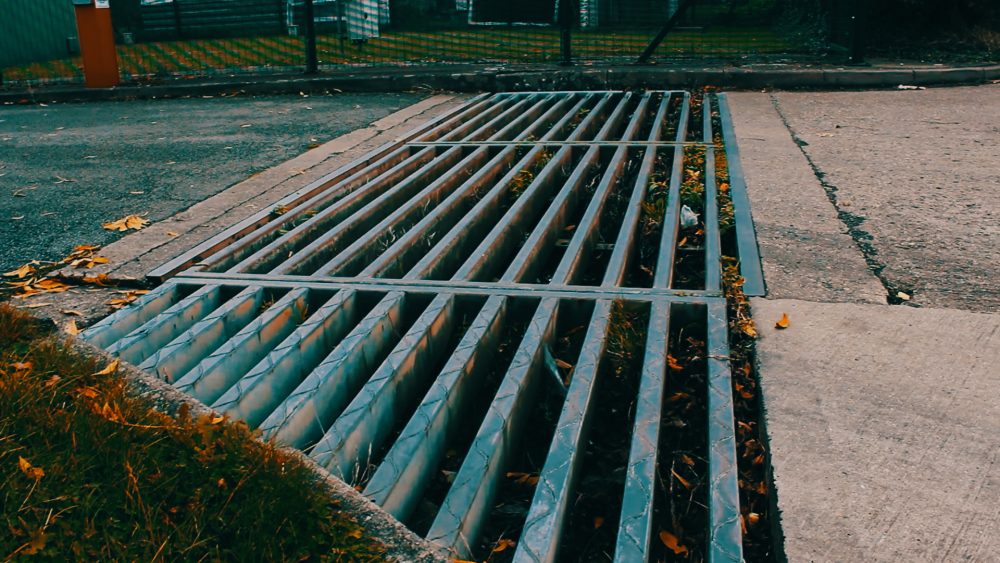
How to Recognize and Avoid Road Risks
Prepare for road risks by putting together a checklist and testing it frequently. It is possible to save yourself from an accident the next time you ride your motorcycle if you follow these steps:
- Travel during less congested times
- Do not make sudden moves
- Use both brakes to avoid your wheel locking up
- Practice good posture to maintain control
- Avoid tailgating and always leave a 2-second gap at least
- Slow down and save the speed for the track
- Plan how to deal with potential hazards


